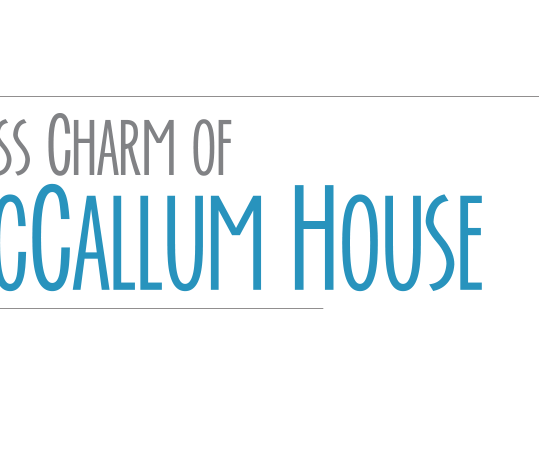As our vintage train rumbles up to the old station, a Victorian-era town ‘suddenly’ appears, brick buildings crowding up a narrow steep-sloped crack in eastern Pennsylvania’s scenic Lehigh Gorge Mountains. Elegant restored coal barons’ mansions glow in the sunlight, a gray fortress prison bears witness to the coal-mining era, and shops, restaurants and museums beckon visitors to trek upslope to enjoy each new discovery. Welcome to the historic town of Jim Thorpe.
Mauch Chunk

Pennsylvania was a key source of our young nation’s ‘clean-burning’ anthracite coal that helped fuel the Industrial Revolution. Located in the aptly named Carbon County, Mauch Chunk grew rapidly in the ensuing decades to become a major regional commercial center with of a network of coal mines, railroads, canals and stone quarries. Money poured in and by the mid-1880s, opulent mansions arose along the narrow main street of Broadway in what became known as Millionaires Row.
Coal-mining came to an end in 1933 at the height of the Great Depression, and the town sank into neglect and disrepair. In 1954, the East and West parts of the town on either side of the Lehigh River voted to unite and rename the town Jim Thorpe, after a Cherokee gold-medal winning athlete of the 1912 Olympics. After his death his widow had approached town officials who were anxious to attract attention given the ongoing decline of local industry. Mauch Chunk agreed to have Thorpe buried there, to build a mausoleum and change the town’s name to Jim Thorpe. His grave, a 20-ton granite mausoleum, is across the bridge on the east side of town along State Route 903.
Through town-wide initiatives and individual property owners’ restoration efforts, the town went from blighted to beautiful. The downtown area was added to the National Register of Historic Places in 1977, and in 2013, Broadway was named by the American Planning Association as one of the “Great Places In America: Streets.”
Every Step, Something to See
Not only is the town a visual feast, with diverse architectural styles and intricate details that make walking a must, but there’s a myriad of activities as well. So much that you can’t do them all in one day; several B&Bs and historic hotels are available. Do note there are no big-name franchises in town. According to local historian Betty Lou McBride, this was intentional so as to give small business owners and restaurants the opportunity to thrive and help retain the hometown character so wonderfully unique to Jim Thorpe.
The town’s historic hub is Hazard Square next to the Jersey Central Railroad Station (1888) which also serves as a visitors’ center and museum and makes a good first stop. You can drive or, if you want to visit by train, there are multiple scenic train rides managed by the Reading & Northern railroad (https://www.rbmnrr-passenger.com/ ) that make Jim Thorpe a destination. From Hazard Square, you can catch a guided tour on the Jim Thorpe Trolley, or take a short steep walk to the 1860s golden-hued Asa Packer Mansion, built by one of the state’s wealthiest men, and along the way visit an imposing marble war monument honoring veterans.
Broadway weaves its way uphill hugged by several museums and attractions, as well as mansions (all at least 5,000 square feet) with marvelous details and décor on their facades. There’s an assortment of shops from eclectic to artistic to mystic to pop into, as well as restaurants (I recommend Molly Maguire’s Irish Pub). Check out the Opera House, Museum & Cultural Center and the Stabin Art Museum at all of which you can easily spend an hour or more.
A tour at the Old Jail Museum is a must (theoldjailmuseum.com). Built in 1871, it was used as a County Jail until 1995, and has a dungeon and the gallows on which seven Irish coal miners known as the Molly Maguires were hung for so-called “crimes”. McBride, who bought and restored the jail with her husband Thomas, shared that the Maguires were a secret organization of Irishmen who opposed the oppressive working and living conditions in the coal fields. Hollywood used the downtown district as the location for the 1970 movie, ‘’The Molly Maguires.’’ Stand beside the wrought iron stairs facing the gallows and imagine the echoes of prisoners’ voices.
I found walking up one side of Broadway and down the other an ideal way to check out everything. Peeking down skinny alleys, I observed grassy flat areas cut into the mountainside, later learning from McBride these were the vegetable gardens of the Victorian era. I inspected antique cars and the old firehouse. And this was all just for starters. The town’s location in the Lehigh Gorge State Park invites people to bike, hike, white water raft, and explore Nature and more. Jim Thorpe is a true hidden gem that offers something for everyone.
At the end of my hike, I stopped at the decades-old Wood’s Ice Cream just off of Hazard Square, situated in an old gas station. Savoring my old-fashioned ice cream sundae, gazing back up Broadway, watching the smiles of people listening to street musicians in Hazard Square, it made the perfect end to an unexpectedly delightful visit.
You can learn more about Jim Thorpe at poconomountains.com/jim-thorpe/attractions.





